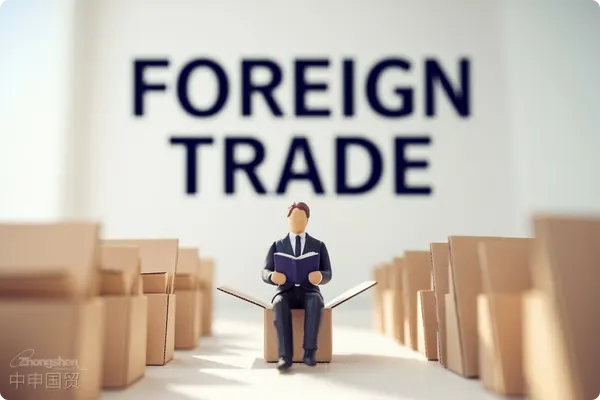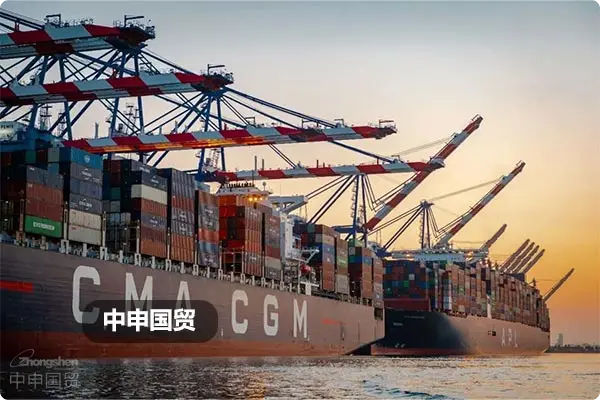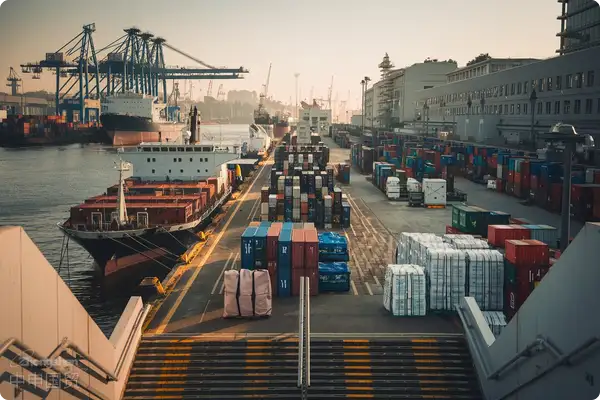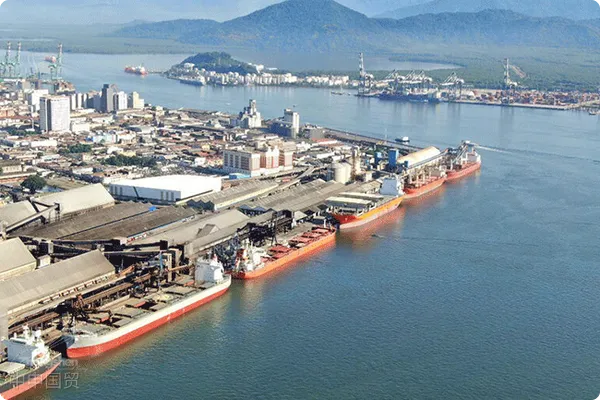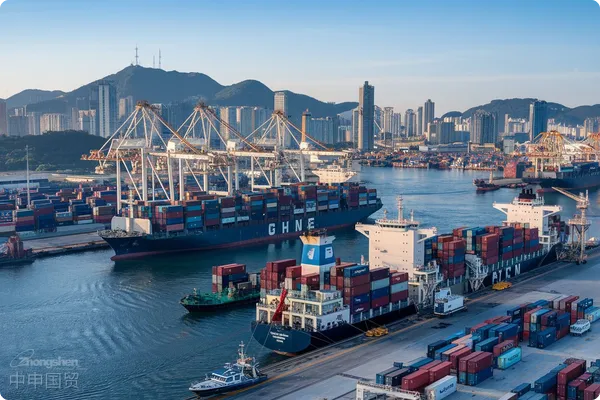- Shanghai Zhongshen International Trade Co., Ltd. - Two decades of trade agency expertise.
- Service Hotline: 139 1787 2118
The process consists of four steps:Export ClearanceCustoms declaration, joint inspection, tax payment, and customs release.import and exportImport and Export Declaration
Import and Export Declaration
Declaration refers to the act where consignors or consignees of import/export goods, in accordance with the Customs Law and relevant laws, administrative regulations, and rules, entrust customs declaration enterprises to report the actual conditions of import/export goods to customs in the form of electronic data customs declaration forms and written reports, and accept inspection at designated times and locations.
Application Deadline
Import goods consignees shall declare to customs within 14 days from the date of transport declaration, while export goods consignees shall declare within 24 hours after goods are delivered to the customs supervision area. If the declaration deadline is exceeded, customs will impose late fees.
Supporting Documents
Import/export customs declaration attachments include contracts, invoices, packing lists, delivery (transport) lists, agency customs declaration approval contracts, import/export licenses, and other relevant documents.
Cooperation in Inspection
Cooperation in inspection refers to the cooperative behavior of importers/exporters during customs inspection.
Inspection Location
Inspection shall be conducted within the customs supervision area. Customs must notify the consignor or consignee of import/export goods or their agents to be present before inspection.
Inspection Methods
Customs inspection may be thorough or random.
Taxation
Import/export duties refer to tariffs, consumption taxes, value-added taxes, etc., levied on imported and exported goods.
Tariffs
Tariffs are divided into import tariffs and export tariffs.
Import tariffs are duties levied by a countrys customs on imported goods and items. Based on calculation methods, they can be categorized into ad valorem, specific, compound, and sliding scale duties. Currently, import goods tariffs mainly include VAT and consumption tax.
Export tariffs refer to duties levied on exported goods and items. The main purposes of export tariffs are to increase fiscal revenue, restrict large-scale production of key raw materials to ensure domestic supply, oppose multinational corporations purchasing primary products from developing countries at low prices, and increase production costs of foreign processed products to weaken their competitiveness.
Completion of Customs Clearance Procedures
Completion of customs clearance refers to the process where importers of import/export goods complete all customs clearance procedures and are finally released.
Related Recommendations
Contact Form
? 2025. All Rights Reserved. 滬ICP備2023007705號-2  PSB Record: Shanghai No.31011502009912
PSB Record: Shanghai No.31011502009912
